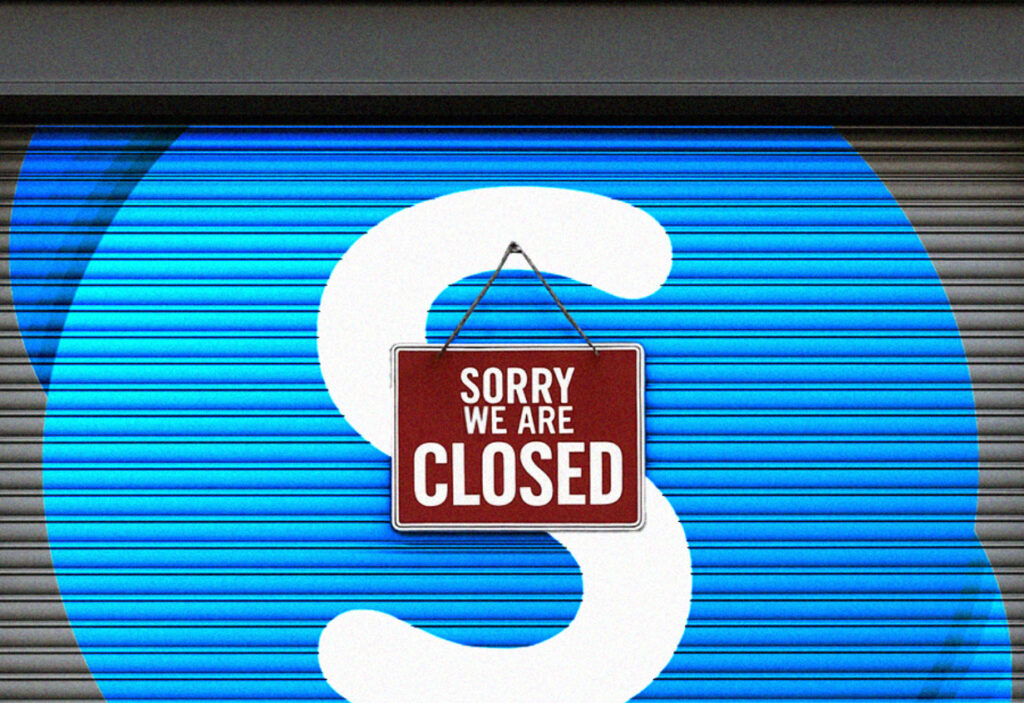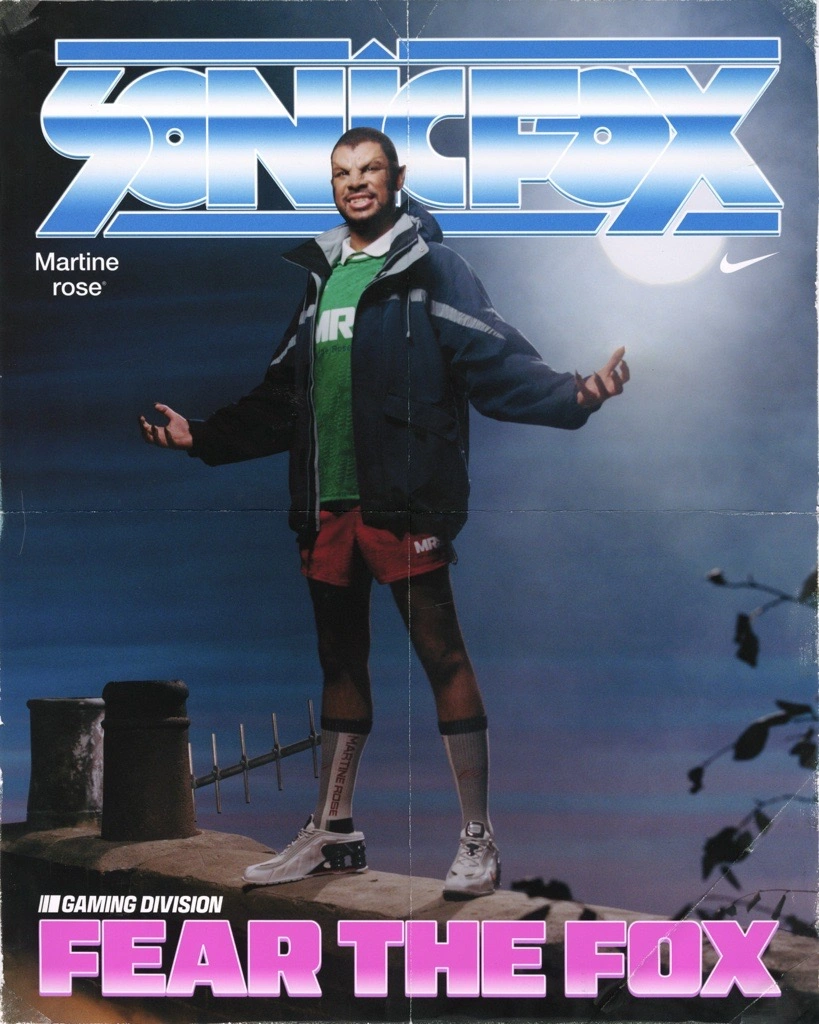When the bloo-bloop ringtone echoed one final time yesterday, a profound silence settled over the digital landscape. Skype, once a cornerstone of global communication and the unmistakable sound of internet-age intimacy, has officially signed off after 23 years of service. Microsoft, which acquired the platform in 2011 for $8.5 billion, confirmed its shutdown while gently nudging remaining users toward its more recent darling, Microsoft Teams. It was an end both expected and unspeakably bittersweet—a cultural software funeral for a tool that helped shape the internet’s human face.
The story of Skype is more than a tale of technological progress. It is, in fact, a parable of how we connected, loved, worked, broke up, got hired, said goodbye, and grew up online. From shaky dial-up calls in 2003 to pixelated long-distance dates in the 2010s, Skype wasn’t just software—it was ritual. It was emotional infrastructure. And now, its silence leaves behind something more than just an empty login screen. It leaves behind a chapter of our digital lives.
In the Beginning: The Strange Birth of Skype
Founded in 2003 by Niklas Zennström and Janus Friis—also known for their work on file-sharing platform Kazaa—Skype emerged from Estonia as a small miracle. Built on peer-to-peer technology, it allowed users to make voice calls over the internet without the usual costs associated with phone carriers. It was disruptive, a little unpredictable, and undeniably addictive.
In an early 2000s world filled with clunky webcams and prohibitively expensive international calling cards, Skype was a revelation. Suddenly, your cousin in São Paulo or your college friend on a study abroad trip could appear in real-time—fuzzy, yes, and occasionally delayed, but real. Skype democratized long-distance intimacy. You didn’t just write emails anymore—you called. You saw faces. You heard laughter crackle through static.
Even the aesthetic of Skype—its vaporwave blue interface, clunky buttons, and kinetic sound palette—felt like an artifact of a tech utopia that still believed in borders being erased by broadband. Skype was optimism rendered in code.
Love, War, and Webcam Confessionals
To measure Skype’s influence is to trace its fingerprints through emotional milestones and cultural memory. It was there during wartime deployments, offering soldiers a flickering connection home. It carried students through semesters spent oceans apart. It patched together long-distance couples and carried the weight of whispered breakups under 2 a.m. moonlight.
It was used in therapy. In job interviews. In custody hearings and family reunions. And through it all, Skype retained its signature awkwardness: the lag, the pixelation, the frozen face mid-expression. But somehow that imperfection made it feel more real. It was human in its limitations.
Skype was also the original confessional booth of the digital age. Long before Instagram Stories and FaceTime filtered veneers, Skype calls were raw and uncurated. You showed up in your bedroom, unlit, unfiltered, unguarded. In many ways, it introduced the first real concept of video vulnerability. When you Skyped someone, you weren’t broadcasting—you were inviting.
The Acquisition, and the Beginning of the End
Microsoft’s 2011 acquisition of Skype for $8.5 billion was both a massive endorsement and a silent omen. The goal was to fold Skype into the Microsoft ecosystem—specifically Windows and Office—and use it to replace aging communication tools like Windows Live Messenger. At first, it seemed like a strong move. Skype became the default voice and video app for millions of Windows users. Its logo sat proudly alongside Outlook and Excel.
But cracks began to show.
The app’s famously janky user interface remained largely unrefined. Updates were slow. Competition from mobile-first platforms—like FaceTime, WhatsApp, Viber, and eventually Zoom—eroded Skype’s early lead. Skype was built for desktop, and when the world moved to mobile, Skype stumbled. Its app versions were bloated, buggy, and slow to load. It tried to reinvent itself a few times (remember Skype Translator? Or the short-lived Snapchat-style redesign?) but never regained momentum.
Meanwhile, Microsoft launched Teams in 2017—originally targeted at enterprise communication—and began to funnel resources into it. The pandemic sealed Skype’s fate.
IV. The Pandemic That Should Have Been Skype’s Renaissance
In an ironic twist, the 2020 COVID-19 pandemic—when the world suddenly had to video chat—should have been Skype’s moment. Zoom surged. FaceTime flourished. Google Meet improved. And Skype… lagged. Somehow, the brand that had introduced many people to internet video calls found itself sidelined during the very crisis that would have rewarded its legacy.
Why? Because Skype had ceased to evolve in meaningful ways. While Zoom became synonymous with work-from-home efficiency, and FaceTime remained the go-to for personal chats, Skype became known for its cumbersome loading times and outdated interface. The brand had slipped from being a verb—“Let’s Skype”—to an afterthought.
The very qualities that had once endeared it to users—its desktop DNA, its oddball charm, its blue-collar internet energy—now felt like liabilities in a world demanding instant UI elegance and seamless integration.
The Final Sign-Off: Why It Still Hurts
Yesterday’s shutdown announcement felt inevitable. Microsoft framed the sunset as a migration—a “transition” to Teams. But calling it a migration misses the emotional weight of what’s been lost. Skype was never just about function. It was about feeling. It was the analog internet’s last bastion of digital closeness before the sleek, sterile face of corporate SaaS platforms took over.
Teams may be cleaner. Zoom may be faster. But neither of them will ever have the sonic nostalgia of that bloo-bloop ring. Neither will have the goofy status icons. The “Calling…” screen. The way your face filled a grainy square while you waited for someone on the other side of the world to pick up and say your name.
We don’t just mourn Skype because it’s gone—we mourn it because it reminds us of a simpler internet. One that wasn’t curated by engagement metrics or optimized by data science. Skype was raw. Messy. Intimate.
Skype’s Legacy: More Than Just a Footnote
What remains of Skype is not a user base, nor a backend infrastructure—it’s a cultural echo. It introduced entire generations to video presence. It taught us how to perform authenticity through screens. It helped long-distance grandparents meet their newborn grandchildren. It made possible thousands of marriages, goodbyes, and second chances.
It democratized visibility long before TikTok turned it into performance. It gave us connection before that meant analytics. And in doing so, it shaped the emotional architecture of digital communication as we know it.
Even the word “Skype” carries a semantic warmth. It was always more than tech jargon—it was a verb, a vibe, a shorthand for closeness.
Afterlife: Where Do We Go From Here?
As we shift to Microsoft Teams, Zoom Rooms, Google Meet, and Slack huddles, something quieter is disappearing in the process: the personal, imperfect, emotional character of digital conversation. We are moving from intimacy to interface. From invitation to automation.
Will anything ever feel as spontaneous as a late-night Skype call?
Possibly not. But perhaps that’s what made Skype matter. It lived in a transitional internet—between analog phone calls and AI avatars. Between letter writing and livestreaming. Between solitude and presence. Its death is not just the end of a service. It’s the burial of a particular rhythm of online life.
Rest in Pixels, Skype
So long, Skype. You gave us the soundtrack of mid-2000s longing and the visuals of pre-Instagram truth. You brought us closer. You froze, you lagged, you crashed—but we loved you anyway. Because through you, we learned how to look into a camera and still feel like we were looking into someone’s eyes.
Your bloo-bloop will echo in our hearts long after your servers shut down.
May your ghost live on in memes, montages, and the dusty corners of old laptops.
Rest in pixels.
No comments yet.








